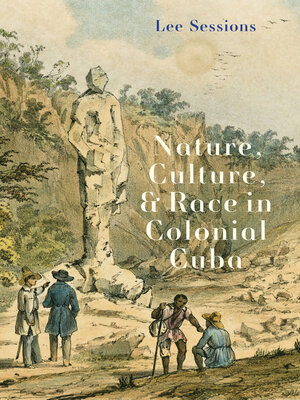Nature, Culture, and Race in Colonial Cuba
ebook ∣ Nature, Culture, and Power in Colonial Cuba · Yale Agrarian Studies Series
By Lee Sessions

Sign up to save your library
With an OverDrive account, you can save your favorite libraries for at-a-glance information about availability. Find out more about OverDrive accounts.
Find this title in Libby, the library reading app by OverDrive.



Search for a digital library with this title
Title found at these libraries:
| Library Name | Distance |
|---|---|
| Loading... |
A new and necessary examination of how nineteenth-century Cuban white elites viewed the natural world, material culture, and political power as intertwined
In the decades before the Cuban wars of independence, white elites exploited the island's natural history and culture to redefine racial identity and reassert authority. These practices occurred in the face of challenges to their political power from Cubans of mixed race and as Cuba's dependence on sugar led to ecological and economic precarity.
Lee Sessions uses close visual analysis to investigate how white elites wielded power by manipulating material culture, placing in conversation for the first time the natural history museums, botanical gardens, and thousands of paintings, drawings, and prints produced in and about Cuba from 1820 to 1860. This important and novel book explores how groups used material culture to imagine their own future at a moment when racial and political dynamics were changing rapidly, while facing an ecological disaster of unimaginable scale.
In the decades before the Cuban wars of independence, white elites exploited the island's natural history and culture to redefine racial identity and reassert authority. These practices occurred in the face of challenges to their political power from Cubans of mixed race and as Cuba's dependence on sugar led to ecological and economic precarity.
Lee Sessions uses close visual analysis to investigate how white elites wielded power by manipulating material culture, placing in conversation for the first time the natural history museums, botanical gardens, and thousands of paintings, drawings, and prints produced in and about Cuba from 1820 to 1860. This important and novel book explores how groups used material culture to imagine their own future at a moment when racial and political dynamics were changing rapidly, while facing an ecological disaster of unimaginable scale.







